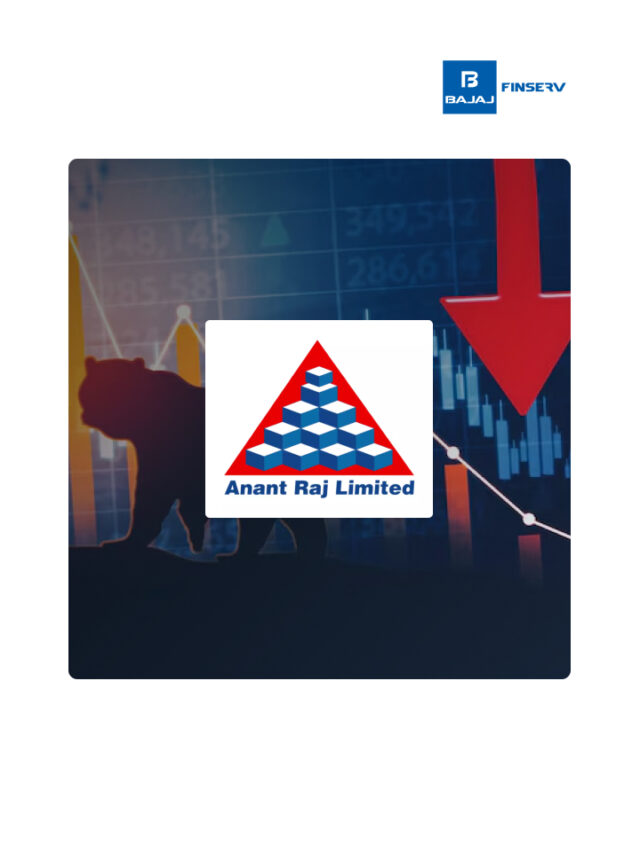What is a Positive Volume Index?
Last Updated on November 8, 2023 by BFSLTeam BFSLTeam

The stock market is a dynamic space where money flows between different categories of traders and investors as they buy and sell stocks via the stock exchanges. However, in terms of technical analysis, not all money that flows into the stock market is the same. Some funds, like those controlled by institutional investors like banks, are considered to be ‘smart money.’ This phrase indicates that institutional investors typically make smart and informed decisions about buying and selling in the market.
On the other side of the spectrum, we have the money pumped in by retail investors who are generally prone to making emotional and often uninformed decisions. This leads to impulsive trades and unpredictable market movements.
To formulate and execute your trading strategy, you need to track both the smart money and the not-so-smart money circulating in the market. And the positive volume index (PVI) is a technical indicator that can help you do precisely this.
Table of Content [hide]
What is the Positive Volume Index?
Conceptualised by a trader named Paul Dysart in the 1930s and further refined by Norman Fosback, the Positive Volume Index is an indicator that traders use when performing technical analysis of an asset. The index generates trading signals based on increasing volume and can help you identify whether not-so-smart money is active or not.
Not-so-smart money is a term market experts use for funds invested by retail investors, who are mostly not well-informed and are less experienced compared to large institutional investors. Moreover, retail investors tend to base their investment decisions on their emotions, which is not the case with other investors.
Calculating the Positive Volume Index
Using the following mathematical formula, you can quickly calculate the Positive Volume Index for an asset.
| PVI(t) = PVI(t-1) + {[P(t) – P(t-1)] ÷ P(t-1)} * PVI(t-1) |
Here,
PVI(t) refers to the Positive Volume Index on a particular day
PVI(t-1) refers to the Positive Volume Index on the previous day
P(t) refers to the price of an asset on a particular day
P(t-1) refers to the price of an asset on the previous day
Understanding the Positive Volume Index in Conjunction with the Negative Volume Index
The Positive Volume Index is an indicator that works on the assumption that not-so-smart money is generally active when the trading volume of an asset increases compared to the previous day.
To get better context, you need to compare the PVI of an asset with its 255-day exponential moving average (EMA). If the PVI is above the 255-day EMA, there is a 79% chance of a bull market. On the contrary, if the PVI is below the 255-day EMA, there is a chance of 67% of a bear market. Since there’s still a 21% and 33% chance for the market to move in the opposite direction, it is not advisable to base trading decisions on PVI alone.
This is precisely why reading the PVI in conjunction with the Negative Volume Index (NVI) is essential. When it comes to identifying bull markets, the NVI has a high degree of certainty (around 96%). On the other hand, the PVI is more reliable when it comes to identifying bear markets since its degree of certainty is much higher at 67% compared to NVI, which has only 53%.
The Limitations of the Positive Volume Index
The Positive Volume Index suffers from the same limitations as the Negative Volume Index, meaning that it cannot be used on its own to formulate trading decisions; it has to be used along with the NVI. However, despite using both indexes in conjunction, the market may still move against your expectations.
Furthermore, the PVI is also susceptible to the whipsaw effect. A whipsaw is when the asset prices switch direction rapidly due to a spike in volatility. Such an effect makes it extremely hard to predict the direction of the market.
Therefore, to overcome the limitations of the index, it is highly recommended to use the PVI and NVI with other technical indicators during highly volatile market scenarios.
Conclusion
The bottom line is that both the PVI and NVI must be used in tandem to interpret the movement of smart money and not-so-smart money in the stock market. By monitoring these two indicators, you can make more informed trading decisions and get a clear understanding of how sentiments and trading volume give you insights about potential price movements in the market.
That said, on the practical front, you need two key accounts to trade successfully in the markets — a demat account and a trading account. A trusted stockbroker and registered Depository Participant (DP) like Bajaj Financial Securities Limited can help you open both these accounts from a single platform, so you can begin your trading journey seamlessly and use what you’ve learned in this article to make smarter buy and sell decisions.










